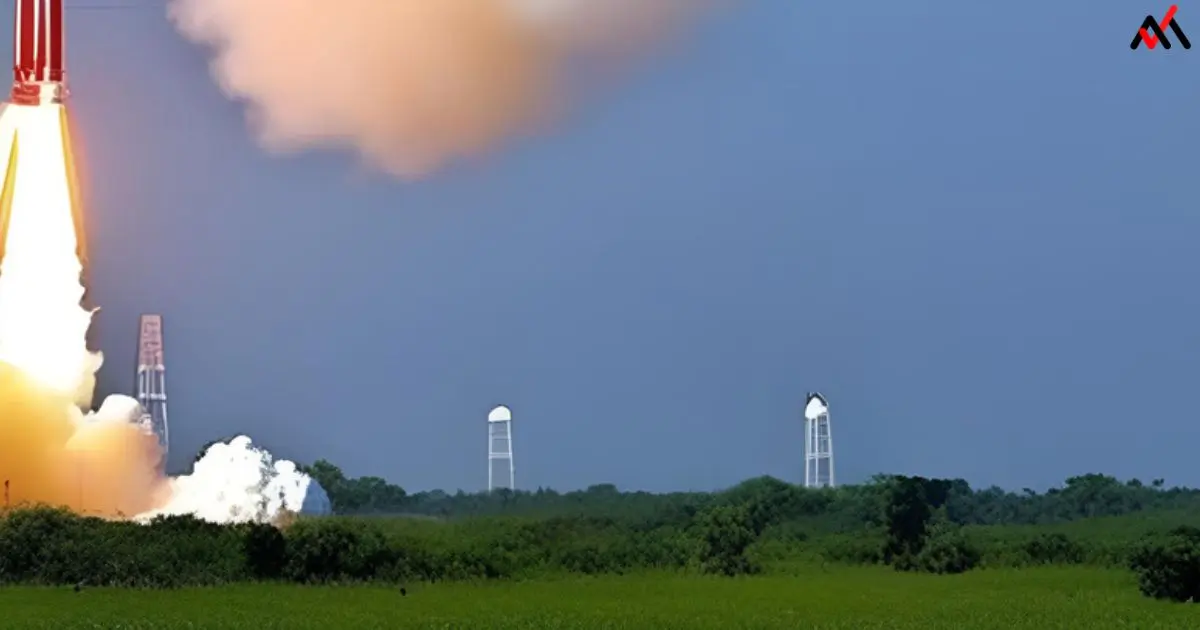India’s journey into space exploration has been nothing short of remarkable, and at the heart of this success story lie its numerous space centers, each playing a crucial role in propelling the nation’s achievements in space technology.
The Indian Space Research Organisation (ISRO) boasts a network of 19 space centers spread across the country, each specializing in distinct domains of space research and development. Let’s take a tour of these centers and discover the incredible contributions they make to India’s space aspirations.
List of Space Centers in India
1. Vikram Sarabhai Space Centre (VSSC), Thiruvananthapuram: Named after Dr. Vikram Sarabhai, the visionary who laid the foundation of India’s space program, VSSC serves as the lead center for developing satellite launch vehicles. It conducts research and development in the areas of aero propulsion, avionics, and materials.
2. Satish Dhawan Space Centre (SDSC) SHAR: Located in Sriharikota, SDSC SHAR is India’s primary spaceport and launch center. It facilitates the launch of satellites using the Polar Satellite Launch Vehicle (PSLV) and the Geosynchronous Satellite Launch Vehicle (GSLV).
3. U R Rao Satellite Centre (URSC), Bangalore: Formerly known as ISRO Satellite Centre (ISAC), URSC is responsible for designing, building, and launching communication, remote sensing, and meteorological satellites.
4. ISRO Propulsion Complex (IPRC), Mahendragiri: IPRC focuses on the research and development of liquid propulsion systems, testing, integration, and qualification of propulsion systems for launch vehicles and satellites.
5. Liquid Propulsion Systems Centre (LPSC), Thiruvananthapuram, Bangalore: Spread across two locations, LPSC develops liquid propulsion systems for satellite and launch vehicle stages.
6. Space Applications Centre (SAC), Ahmedabad: SAC dons the hat of innovation in payload development, crafting communication, meteorological, and remote sensing payloads that capture Earth’s beauty from space and offer insights to transform life on our planet.
7. National Remote Sensing Centre (NRSC), Hyderabad: NRSC is a hub for remote sensing satellite data acquisition and processing, contributing to various applications like agriculture, forestry, disaster management, and urban planning.
8. ISRO Telemetry Tracking and Command Network (ISTRAC), Bangalore: ISTRAC manages spacecraft operations, including telemetry and tracking, as well as mission planning and control.
9. Master Control Facility (MCF), Hassan & Bhopal: MCF oversees the operations of geostationary communication satellites, ensuring their health, integrity, and functionality.
10. ISRO Inertial Systems Unit (IISU), Thiruvananthapuram: IISU focuses on inertial sensors and systems for launch vehicles and satellites, aiding in navigation, guidance, and control.
11. Laboratory for Electro-Optics Systems (LEOS), Bangalore: LEOS develops electro-optical payloads for remote sensing and meteorology satellites, enhancing India’s observational capabilities.
12. Development and Educational Communication Unit (DECU), Ahmedabad: DECU is responsible for creating communication strategies and educational programs to disseminate the benefits and achievements of space technology.
13. Regional Remote Sensing Centres (RRSCs): Distributed across multiple cities, RRSCs play a vital role in facilitating regional applications of remote sensing data.
14. Indian Institute of Space Science & Technology (IIST), Thiruvananthapuram: IIST is a premier institute offering undergraduate and postgraduate programs in space science, engineering, and technology.
15. Indian Institute of Remote Sensing (IIRS), Dehradun: IIRS imparts training and education in remote sensing, geospatial technologies, and their applications.
16. Physical Research Laboratory (PRL), Ahmedabad: PRL is the crucible of cosmic curiosity, engaging in fundamental research in astronomy, astrophysics, and space sciences. Its endeavors illuminate the enigmas of the cosmos.
17. National Atmospheric Research Laboratory (NARL), Gadanki: In Gadanki, NARL peers into the heavens and Earth’s atmosphere. Its research unravels atmospheric mysteries and deciphers space weather phenomena that influence our planet.
18. North Eastern-Space Applications Centre (NE-SAC), Shillong: NE-SAC champions regional development through space technology. It pioneers applications tailored to the northeastern region, addressing unique challenges and fostering growth.
19. Semi-Conductor Laboratory (SCL), Chandigarh: In Chandigarh, SCL engineers the building blocks of space technology—semiconductor devices. These tiny powerhouses enhance space systems’ efficiency, reliability, and resilience.
In conclusion, ISRO’s network of 19 space centers reflects the organization’s holistic approach to space research and development. Each center is a testament to India’s commitment to advancing space technology for the benefit of the nation and humanity. From launching vehicles to conducting cutting-edge research, these centers collectively shape India’s trajectory as a formidable player in the global space arena.


